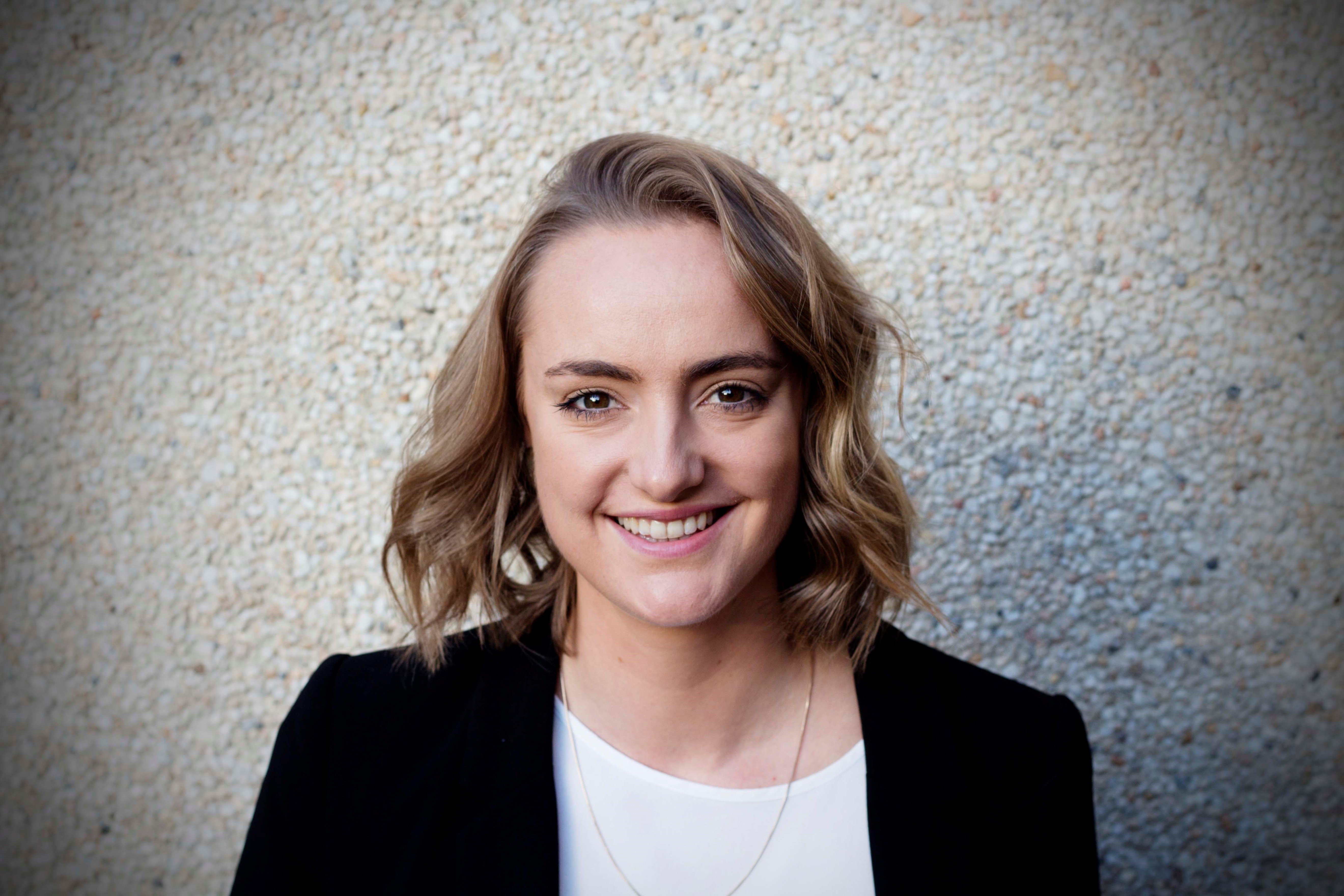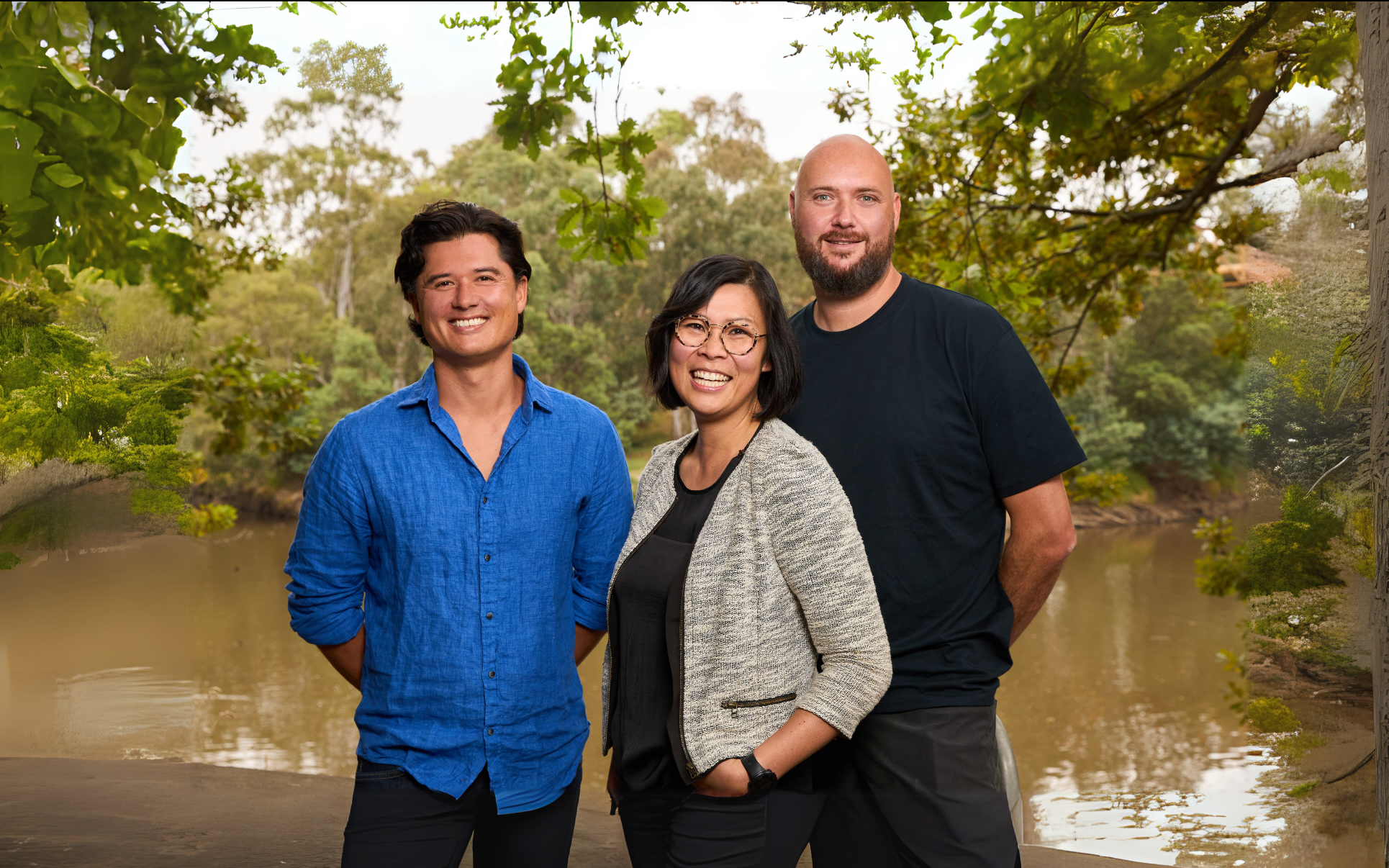The past 15 years as a repeat impact entrepreneur have taught Aaron Tait more than a few things about how to succeed as a startup founder. Having worked on solving complex entrepreneurship and education problems from both the commercial and philanthropic sides of the fence, he has seen up close what it takes to create impact at scale – from inception to exit.
Aaron co-founded EC.inc in 2011 with Dave Faulkner, a for-profit, impact-driven edtech startup providing unlimited access to world-class professional learning for K-12 school educations, by subscription.
Prior to this, he co-founded Spark* International with Kaitlin Tait, an organisation that existed to identify and back startup entrepreneurs who had launched ventures that helped empower their communities and bring people out of poverty. Spark* merged with ygap in 2015, and together they built out their mission to back local change, by making entrepreneurship more inclusive in different regions around the world, and continues to do so today.
We sat down with Aaron and asked him for the advice he wished he’d known when he was starting out as an edtech founder – including how to navigate edtech sales, how to create rapidly scalable impact in tandem with profits, and the strategy that led to EC.inc’s successful exit.
1. Aaron, you and your business partner and wife Kaitlin are both successful impact entrepreneurs and have helped thousands of impact entrepreneurs from around the world grow their businesses.
You’ve worked in impact from both the commercial and not for profit angles – first in founding Spark International, and then by founding EC.inc.
How did your strategy differ when starting these two ventures?
We launched EC.inc as a business – and a BCorp at that – and, as such, we needed to find product-market fit with an offering that people were willing to buy. This meant that EC.inc was probably 80% head, 20% heart, and we were constantly tweaking the product, our messaging, and our go-to-market strategy in order to stay alive.
With Spark International, and later ygap, we were largely reliant on everyday people choosing to donate small amounts of money in the early days, so the focus was inspiring them to do that, as often as possible. We had a clever model, but that alone wasn’t enough to motivate people to donate to us. So with this organisation we had to be 50% head, 50% heart.

2. In deciding to launch EC.inc, how did the potential for commercial businesses to achieve impact at rapid scale shape your thinking?
In the early days, I split my week between EC.inc and Spark/ygap. This meant that I’d often race from a sales meeting or rapid brainstorming session for EC.inc, to a donor meeting or four-hour board meeting for ygap, in the same afternoon.
There was no doubt that we could move a lot faster and take more risks with the commercial business structure of EC.inc, compared to what ygap’s not-for-profit structure allowed. Of course we had some incredibly supportive donors at ygap who encouraged us to take positive risks, but these people are rare in the philanthropic world.
There was also a difference in scale – at ygap, we were working with 100 entrepreneurs each year; but at EC.inc, we were working with 25,000 teachers. This difference in scale was enabled by three key things:
- Speed of innovation: At EC.inc, we were able to rapidly trial so many more ideas, because we didn’t have to wait a quarter for the next board meeting to roll around to get the green light to proceed. This allowed us to iterate faster and therefore scale faster.
- Being open to losing money: At EC.inc, for the three ideas that really worked, we had another 20 that we launched and then killed off along the way. We were happy to invest money in the failures, because we knew the wins would pay off. There’s often a different risk appetite in handling philanthropic funds that meant we couldn’t take the same approach at ygap.
- Shifting our strategy and tactics: At ygap, it took us years to secure the Australian government accreditations that we needed to gain tax benefits for us and donors. Once we had them, we were hamstrung by the strategy that they had already approved.
In contrast, at EC.inc, we had the freedom to be more agile. One of our skunkworks projects, which was very different from our core business, ended up being the thing that led to us being acquired and achieving a whole new level of scale.
3. What do you wish you knew before you started your sales process as an edtech startup?
I wish we’d known that we had the power to create our own bullseye customer, rather than following what everyone else in the industry thought we had to do.
In K-12 education, most companies try to sell to school principals or deputy principals, because they think they are the people who have the money and make all of the decisions. The flip side is that this means those leaders are already being bombarded by sales people every day, and therefore by necessity ignore a lot of what comes through.
Over time, we found that our winning strategy was to approach the teachers or staff who were actually in charge of professional development for school staff, with the principals or deputy principals really only providing the final sign-off.
When we started to give focused love to these ‘Heads of Professional Learning’, we started to build a movement. We launched events where they could all hang out together, we used their language, and we did all we could to get our product to actively solve the problems they were facing. They then became our champions within their schools – both to get the sale across the line, but also to be genuinely committed to making their decision to use our product a real success for their school.
4. What’s your top advice for edtech founders on how to nail a first meeting with an investor? What are the things they should always be prepared for?
Know your actuals. You need to have a bulletproof understanding of how much money the business is already making and the unit economics of what it takes to sell and deliver your product.
Every founder has slides with graphs that go up and to the right, but these are usually projections that very rarely pan out. Actuals show that you can really sell, and that people like your product enough to pay for it.
5. If you had to do it all again and start a new edtech company tomorrow, what areas would you be interested in?
What impactful education problems do you want to see founders working on?
I’m going to be really honest here. I’m not committed to being a ‘serial entrepreneur’ for this next chapter of my life. It seems to be something that many entrepreneurs hold as a badge of honour, like, “I did this thing, but just wait for the next idea!” I don’t have any startup ideas at the moment and don’t expect to for a while.
Instead, I’m spending some time being a father, an author, and I’m currently working on a memoir that starts on September 11, when I was a military officer, and finishes a decade later in Africa, when I was working in humanitarian aid – all the things that happened before I became an entrepreneur. That may change, but for now, it feels great.
That said, if I could encourage inspired edtech founders to do something great, I’d say look at the huge opportunities for impact and profit in emerging markets. The opportunities in Africa and Asia, in particular, are massive – far bigger than anything in Australia, and potentially even bigger than the US.
6. There is a misconception that investing in edtech is too hard and that there aren’t enough examples of great exits for founders and investors in the space.
EC.inc successfully exited when you sold the business to Go1 in 2022 – what are some insights into your approach that you would share to help dispel this?
In K-12 edtech, there are examples of solid exits over the years, with Mathletics’ (3P Learning’s) acquisition being a key one. There are also some fantastic businesses doing great things at the moment and seeing outsized success, including Edrolo, Maths Pathway, and Compass. The edtech ecosystem is strong, and it’s supported by great networks like Edugrowth which are helping foster the next generation of edtech talent.
For us, the opportunity for an exit came once we created a SaaS product. This helped attract the attention that led to our acquisition by Go1, despite the decade of face-to-face education work we’d done before then. We also learnt along the way that our list of potential acquirers was small – there were only about 5 to 10 companies that would have been interested in us, so I’d recommend doing the research on who your potential acquirers could be.
7. Did you have a predetermined exit strategy or did the opportunity present itself organically?
What shaped the decision-making process around your exit?
We didn’t begin our journey as founders with the idea to sell the business one day – we weren’t savvy enough as entrepreneurs to think like that at the start!
As we moved past the 5-year mark, we started to feel like we had there were three possible paths open to us:
- That we were the kind of business that could have a successful exit;
- That we could keep going, but as a lifestyle company; or
- That we would get tired and decide to shut down.
So, we continued on.
At the 8-year mark, we turned down an acquisition offer because it wasn’t the right fit. At the 10-year mark, we came very close to selling to a very large tech company, but unfortunately COVID killed these discussions. This was hard to bounce back from – but as they say, when life gives you lemons.
It was the rapid innovating that we did during the COVID lockdowns that led to our final sale to Go1, an outcome that we and Go1 were all very pleased with.
8. The book you’ve written with your co-author, business partner and wife Kaitlin Tait, Entrepreneurs That Change Lives: And How To Be One, was released at the end of February 2024.
Can you leave us with a sneak preview of the pearls of wisdom within?
We wrote this book to be as practical as possible, so that early stage entrepreneurs can follow a proven approach to launching and growing a business that makes a difference.
We wanted it to be really approachable; to be a book that entrepreneurs from Nairobi to New York can read cover to cover and fill with comments and underlining.
For now, here are some key strategies and tactics we can leave your readers with:
- Solve a very specific part of an important problem. Start with a big problem that you want to solve – e.g., supporting women in the Pacific. Then very quickly drill down to a very specific part of that problem that you can actually help with, and that you want to help with – like helping women small business owners accept credit card payments in Fiji.
- Seven years. That’s the minimum commitment. It will almost take you a minimum of seven years to launch, grow, and, if you’re lucky, exit your business. Keep this in mind before you start!
- You are not the hero. Your customer is. Too often, founders start by launching a business that tries to market how cool or great they are, or how they had this awesome idea. From the start, you need to know that the hero is your customer – so make them feel like it! Put all your energy into solving their problems effectively so that they can’t wait to buy your product.
You can buy a copy of the book here.

Aaron and Kaitlin Tait provide innovation and support to impact businesses across the world through www.bailen.us. Kaitlin Tait is an author and the Head of Learning design at ygap, an international organisation that creates positive change by making entrepreneurship more inclusive in different regions around the world.
You can check out more on Aaron Tait and Kaitlin Tait here, and follow Aaron’s blog, ‘Live Deliberately’, on Substack.


.JPG)



%20-%20Edited.jpg)

